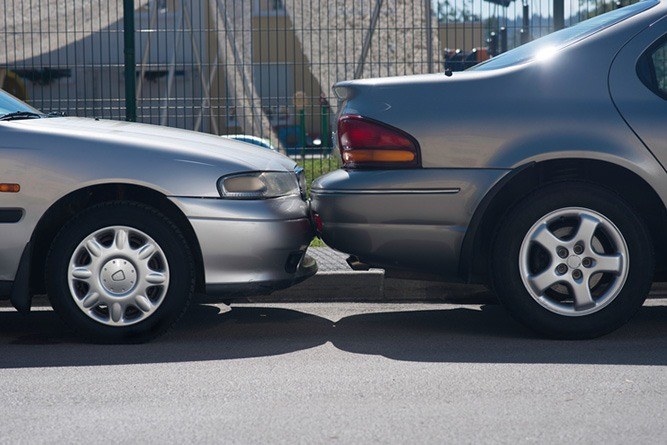No collision is ever ideal. Car size doesn’t really matter in a devastating accident. However, in minor ones, the size of your ride can make a difference. Not only is an accident nerve-racking and car-wrecking, but it can also be budget-smashing too. One thing to remember is to keep perspective. If no one was injured in the accident, your car did its job.
Let’s back up a minute: so are bigger or smaller cars safer in a collision? Most people assume bigger cars are much safer than smaller cars, but technology has closed the gap between the sizes to hone in more on the overall safety spectrum of the newer cars. No matter what, keep these factors in mind:
Newer Cars Are Safest, Despite Size
Modern cars come with safety features that minimize injury and the risk of death. These are some of the standard ones, but you can add on extras as you wish:
Side, rear, side-curtain and front airbags.
Electronic stability control, which stabilizes your car if it spins out of control, and minimizes rollovers.
Back-up sensors and backup cameras to prevent rear-end collisions.
Blindspot warning, which uses a camera or sensor to alert the driver of other vehicles in their blind spot as they change lanes.
Weight and Size
Bigger cars are heavier, with the ability to absorb the force of an impact better than smaller cars. Higher weight minimizes damage and risk, and larger hoods have an advantage when it comes to head-on collisions due to a more sizable crumple zone, or crush zone. This refers to the area at the front of the vehicle that is responsible for absorbing most of the impact in a front-end crash.
Momentum
As the weight of the car goes up, so does its momentum. Consequently, the car requires more time to slow down. When colliding with a smaller vehicle, the energy of the bigger car will transfer to the smaller one, causing it more damage. In addition, the force of the impact can cause injury to the passenger in the smaller car.
Smaller cars also come with a much higher risk when getting into a collision with a larger car. Big cars push smaller cars, boosting the risk of injuries like whiplash.
Safest Type of Vehicle
The type of car that works the best will vary by your needs and that of your family. Perhaps you have small children and safety is a top concern, or maybe you’re looking for a durable car for your new teenage driver. If you’re concerned about the environment, choosing a car that’s more environmentally friendly will be of paramount importance.
Contact Apex Auto Center
Whether you have a small or large car, when you get in an accident, you need collision repair you can depend on. Contact us in Marlborough MA at 508-229-2444 or by email at apexautocenterinc@gmail.com.



